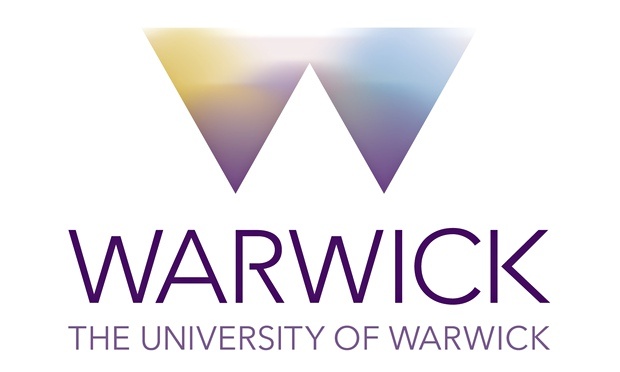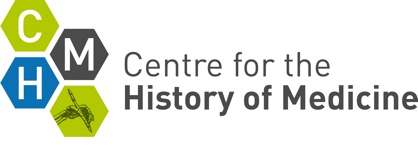One of our key public events is the ‘NHS Roadshow’. This is loosely based on the Antiques Roadshow, and we ask members of the public to bring along their personal items relating to the NHS – baby tags, glasses, campaign badges, prescription forms, old Lloyd George insurance cards. . . We also hope to use these events as an opportunity to meet with as many people as possible, to hear their stories, and to incorporate them in to our research. We have a Roadshow planned next month at the People’s History Museum in Manchester, and also are planning Roadshows for next year at Rugby Hospital and at St Fagan’s Museum, in Wales.
Last week, we had our first official Roadshow, in the wonderful Thackray Medical Museum in Leeds. Attending were three members of our team – Jenny and Natalie, from the Engagement team, and Jack, one of our Research Fellows. Many things went very well indeed. Despite it being a delightfully sunny day outside, our stall was visited by approximately 40 to 50 people. We shared detailed and fascinating conversations with many of these, hearing about people’s experiences of the NHS over time. We heard from former patients, who felt that their lives had been saved by the diagnostic or surgical prowess of the NHS; and former staff who remembered, fondly, their times working at specific hospitals. These are the kinds of stories which we see emerging at the moment through campaign groups, hoping to use the power of individual stories to protect the NHS from change or cuts. This stories are often disseminated through social media, for example on the @NHSMillion twitter account.
Perhaps because we met with people face-to-face, we were also able to access more complex and nuanced perceptions of the NHS, and its perceived limitations, as well as its benefits. We heard for example from patients who were angry about the ‘postcode lottery’, whereby their siblings living in different districts were able to access more extensive NHS services. These recollections challenged the idea of a singular, ‘National’, health service, as did patients who had lobbied hard to ensure that they were referred to certain hospitals, and not to others, because of their reputations, or stories given by friends and families. One former member of staff, just retired, laughed bitterly when asked, ‘Would you like to contribute to our People’s History of the NHS?’, before offering fascinating and honest recollections about her mixed experiences on the wards.
In what is becoming a recurring theme in our public events, several former patients and members of staff complained about changes made to nurses’ uniforms, from formal to casual (indeed labelled ‘pyjama style’ by one visitor). Whilst some disliked the loss of ‘Matron’ and the formal nursing appearance, others recognised the need for staff to feel comfortable, tie-ing this to an increase in ‘target culture’ and workload. We heard from one American citizen who pitied the NHS, feeling that ‘socialised medicine’ was inevitably more inefficient; but also from another who envied the British system of healthcare, speaking of the £800 a month which she spent on her family’s medical insurance.
Some of the conversations which we had helped us to rethink our research priorities and findings so far – thus embedding public feedback in our project from its inception. Personally, my research is looking at the mobilisation of campaign groups around the NHS over time. Speaking with people from Leeds has brought new groups to my attention – for example Leeds Hospital Alert – which again reiterated the significance of individual localities in public perceptions of NHS care. At the same time, many people who I spoke with had not heard of even the largest campaign groups operating today, such as Keep Our NHS Public, and were not especially motivated to learn more about them. This is not reason to jettison my research (hopefully?), but it is a useful reminder that, when lost in an individual organisation’s archives, it is easy to buy into institutional narratives, and to forget or over-estimate the broader social and cultural perceptions of this group. Campaign groups may hold very different meanings for their membership than they do for broader publics.
People’s memories and recollections are clearly important for writing a People’s History of the NHS. This leaves us nonetheless with important questions about how we can best use public events to access these experiences, and about how we should store and analyse people’s narratives to track change across regions and time. At the moment, we are trialing multiple approaches. We hoped that people may bring objects to our Roadshows. This has not yet been the case. Nonetheless, by having our own objects there – at the Thackray including a false eye, false teeth, and my own NHS baby glasses – we sparked reminiscences from the public. We must now think carefully about which objects to bring, because their selection inevitably opens up, and thus perhaps closes down, particular narratives. Should we bring objects which relate to our own research interests, to spark discussion there? We have both short and long surveys, and can analyse the responses which we receive, and the language used. We have had activities for children also – the colouring in of Nye Bevan, the writing of acrostic poems with ‘Hospital’ – and must think carefully about how to draw meaning from these glorious scribbles.
The Roadshow also lead me to reflect on questions about how and where to place ourselves in this public work, and also in our research more broadly. Members of our team inevitably have their own feelings and experiences with the NHS: a highly contested institution. But by sharing these do we open up debate – encouraging a reciprocal system of sharing with those we speak to – or do we close down discussion, making people feel unsure about sharing different memories or opinions with us? I felt that people responded well when presented with my NHS glasses from childhood, and that this encouraged further recollections. At the same time, this is by no means a neutral object. Indeed, the existence of these glasses signals my long-term relationship with the NHS, that my parents, too, had a commitment to this institution. That I still own these glasses, and that I would display them at an event, again positions me clearly as a particular type with historian, with particular biases related to this area. Being reflexive about how we present ourselves at public events, and the responses which this encourages or deters, is highly important; and something which I hope to reflect on further, as our programme develops.
Until then, we hope to see you in Manchester! Do feel free to get in touch in the comments below or at NHSEngage if you have any comments or suggestions.
Should you wish to remove a comment you have made, please contact us


